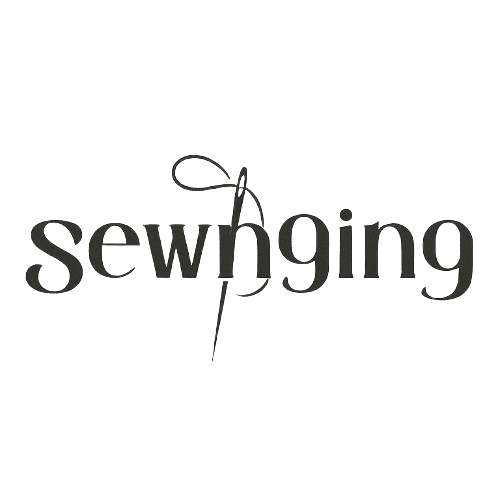Since the invention of the first machine in 1790, the sewing machine has undergone countless modifications and improvements. Each step along its timeline has been integral in bringing us to where we are today—with machines capable of producing high-quality garments with ease. This blog post will explore the complete history of the sewing machine and break down its many changes over time. From early inventors to modern-day innovations, we’ll take a look at how this device has shaped fashion and clothing production as we know it.
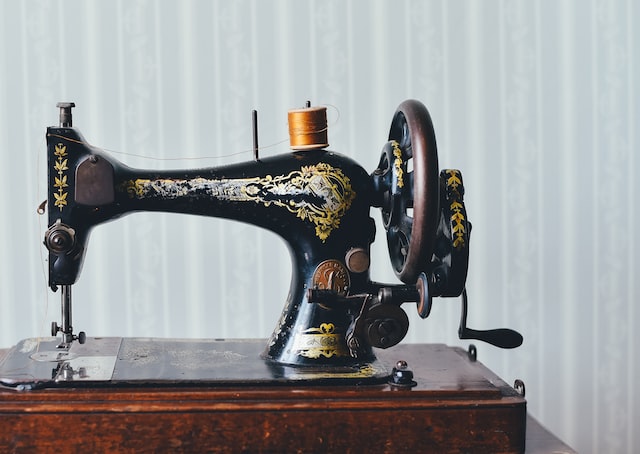
Timeline History of the Singer Featherweight January 22, 2016, by Carmon Henry
The Singer Featherweight is a portable sewing machine that was first manufactured in 1933. It was designed for use by quilters and sewers who needed a lightweight and easily portable machine. The Featherweight was very popular and remained in production until 1964.
The first Singer Featherweight was introduced in 1933. It weighed only 6.5 pounds (2.9 kg), making it the lightest sewing machine available at the time. The Featherweight was designed for use by quilters and sewers who needed a lightweight and easily portable machine. It quickly became one of Singer’s most popular models and remained in production until 1964.
Over the course of its 31-year production run, the Singer Featherweight underwent several changes and improvements. In 1948, a new model was introduced which featured an automatic needle threader. A carrying case and dust cover were also included with each machine. In 1955, the Featherweight II was released, which featured a larger sewing surface and a built-in light. The final change to the Featherweight came in 1962 when a new model was introduced with an improved motor that increased sewing speed from 750 stitches per minute to 1,000 stitches per minute.
Despite these changes, the Singer Featherweight remained largely unchanged throughout its 31-year production run. It remains one of the most popular sewing machines ever made and has been praised for its durability, simplicity, and portability
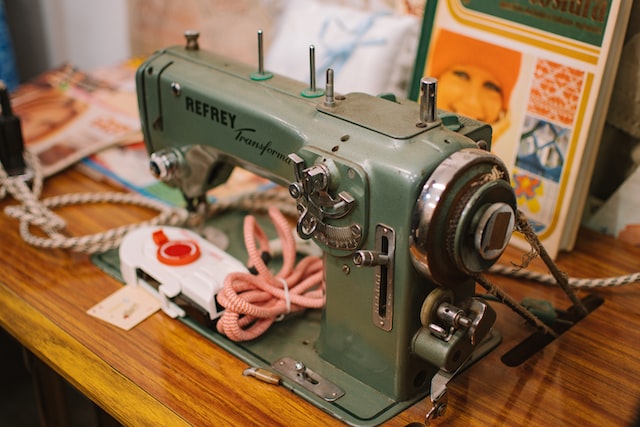
The early days of sewing machines
The early days of sewing machines were filled with experimentation and innovation. Early machines were designed to mimic the hand-sewing process, with a needle and thread running through the fabric.
Singer’s machine featured a more efficient design that could sew much faster than a human could sew by hand. This made Singer’s machine popular with clothing manufacturers, who quickly began using them to mass-produce garments. Over the next few decades, many other companies would copy Singer’s design and create their own versions of the sewing machine.
Today, sewing machines are an essential part of many garment factories and home sewers’ toolkits. They have come a long way from their humble beginnings, and they continue to evolve as technology advances.
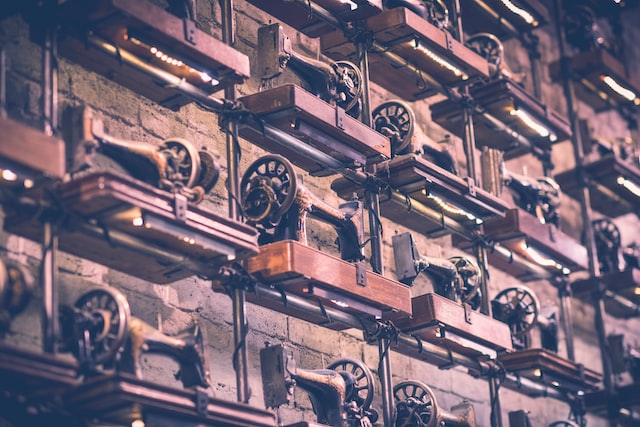
The first modern sewing machines
The first modern sewing machines were invented in the early 1800s. The most famous of these was the Singer sewing machine, which was invented by Isaac Singer in 1851. Singer’s machine was much more reliable and easier to use than earlier machines, and it quickly became very popular. Other companies soon began making their own versions of the Singer machine, and by the late 1800s, sewing machines were common in many homes.
The rise of the home sewing machine
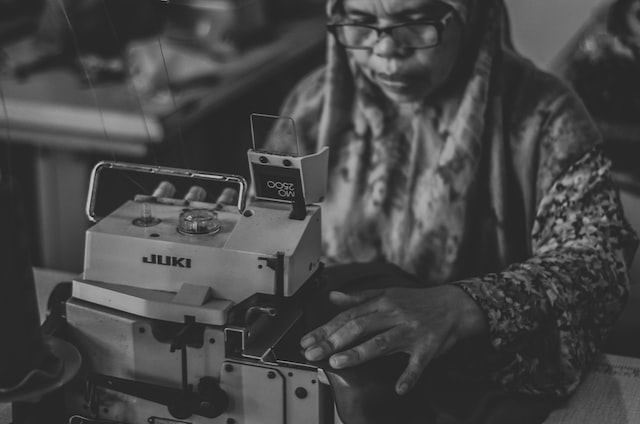
The home sewing machine was invented in the early 1800s, and it revolutionized the way people sew. It was a great way to save time and money, and it allowed people to Sew much more easily than before. The first home sewing machines were hand-powered, but soon electric models became available. These days, there are many different types of home sewing machines on the market, and they vary in features and price.
The decline of the home sewing machine
Once a staple in most homes, the home sewing machine has declined in popularity over the years. With the advent of ready-to-wear clothing and the rise of mass production, there is less need for home sewing machines. Additionally, modern sewing machines are more expensive and complex than their predecessors, making them less accessible to the average consumer.
While some people still use home sewing machines for repairs or alterations, or to create custom garments, they are no longer as common as they once were. The decline of the home sewing machine is indicative of changing social and economic conditions, as well as advances in technology.
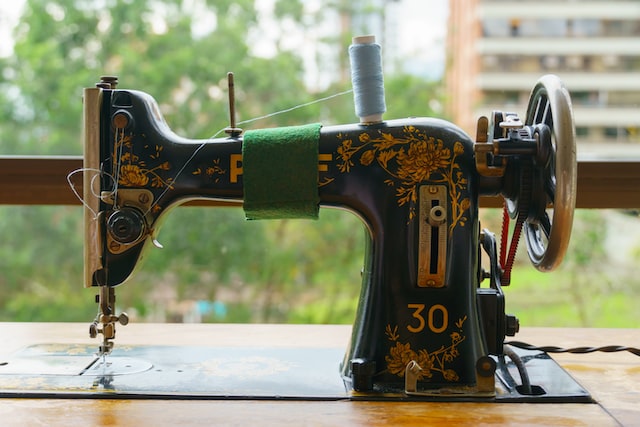
The future of sewing machines
Sewing machines have come a long way since their invention in the early 1800s. Today, they are more advanced and efficient than ever before. Here is a look at the future of sewing machines:
1. More advanced features:
In the future, sewing machines will continue to become more advanced, with new features that make them even easier and more enjoyable to use. For example, some machines may come with built-in embroidery designs or even the ability to connect to the internet.
2. Greater efficiency:
As technology advances, sewing machines will also become more efficient. For instance, they may be able to sew faster and use less energy. Additionally, they may be able to handle more delicate fabrics without damaging them.
3. More affordable:
As sewing machines become more popular, they will also become more affordable for everyone. This means that even more people will be able to enjoy the benefits of using a sewing machine.
4. Increased durability:
In the future, sewing machines will be made with even higher-quality materials that make them last longer. This means that you’ll be able to use your machine for many years without having to worry about it breaking down.
Computerized sewing machines
The first computerized sewing machines were introduced in the early 1970s. These sewing machines were very basic, with only a few stitch options and no embroidery or quilting features. However, they were a vast improvement over the previous generation of sewing machines, which required the user to manually select the stitches and control the speed and tension of the machine.
Over the next few years, computerized sewing machines became more advanced, with more stitch options and embroidery designs. Today, there are many different types of computerized sewing machines on the market, ranging from simple and basic models to advanced machines that can do everything from quilting to embroidery.
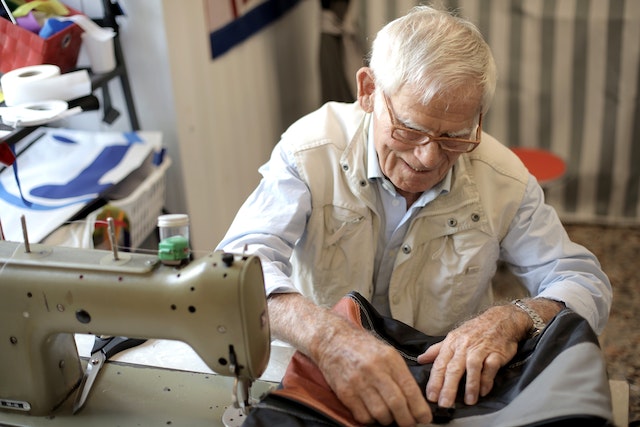
Elias Howe’s sewing machine
In 1846, Elias Howe invented the first sewing machine. It was a hand-operated machine that used a needle with a small eye at the point to sew fabric. The needle was pushed through the fabric and then pulled back through, creating a loop of thread on the underside of the fabric. This loop was then pulled through a second time to secure the stitch.
Howe’s machine was not commercially successful, but it did earn him a patent in 1851. Several other inventors soon came up with their own versions of the sewing machine, including Isaac Singer and Allen B. Wilson. Singer’s machine was much more successful than Howe’s, and by 1860 he had obtained more than 100 patents for his sewing machines.
The sewing machine revolutionized the clothing industry, making it possible to mass-produce garments quickly and cheaply. It also had a major impact on society, freeing women from the tedious task of hand-sewing and giving them more leisure time.
First Singer sewing machine sale
In 1851, Isaac Singer created the first practical sewing machine. It was a massive success, and within a few years, Singer had sold over 5,000 machines. In 1856, he opened the first Singer sewing machine store in New York City. The following year, he launched the first national sewing machine sales campaign. By 1860, Singer was selling his machines all over the world.
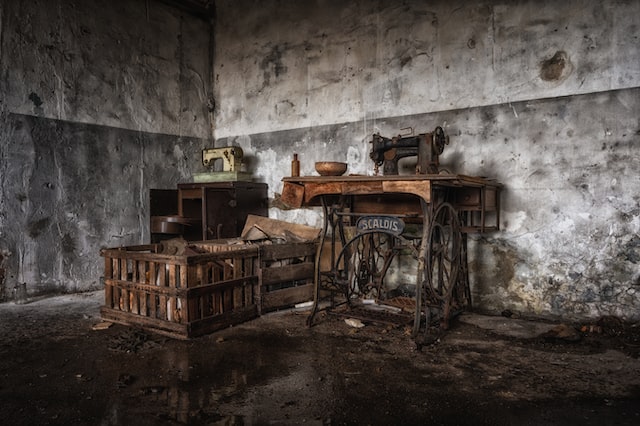
Conclusion
We hope this complete sewing machine timeline has been a helpful way to explore the development of these amazing machines. From the invention of the first hand-cranked model in 1790 to the modern computerized versions, it’s incredible to consider how far we have come in such a short amount of time. Sewing machines continue to provide us with invaluable tools for creating beautiful garments and fabrics, and their place in history is something that deserves recognition.
